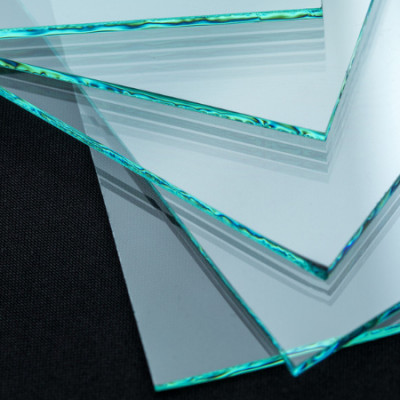
2021-08-01
Visited : 2146
Chemists at the University of Pennsylvania (USA) have discovered an unexpected change in the properties of glass by condensing it into very dense and at the same time ultra-thin layers through the deposition of vapors from this material.
It is an alternative glass solidification technology to the cooling of molten glass and is used to manufacture ultra-thin glass films for OLED screens, glasses, other lenses and optical fibers, reducing the gas to the solid state directly. Researchers They wanted to increase the density of the material and minimizing its thickness and eventually hit a limit, where the thinnest films behaved like a liquid, even at very low temperatures.
The resulting material can be prone to droplet formation or crystallization, instead of becoming denser and holding the shape, it reveals a university grade, released last Monday. Within the experiments carried out, the phase transition occurred, that is, the material was transformed from vapor to liquid, but this resulting state it was not a usual liquid, nor a firm body.
“The two liquids have different structures,” says Associate Professor of Chemistry Zahra Fakhraai, who led the research and compares the differences between the two types of liquid with those of two solid forms of carbon: graphene and diamond. “There is many interesting properties that came out of nowhere and nobody had thought that in fine films these phases could be seen “, says Fakhraai and thinks that it is” a new type of material “.
Yi Jin, a graduate student who is part of his team, adds: “From what we see in glass, there could also be interesting phenomena arising from other materials, such as metallic materials that are commonly used in semiconductors.”
The new knowledge has practical value, the researchers estimate, since the need to package and keep vaccines at very low temperatures It requires a different glass from that used today in the pharmaceutical sector, so that the ampoules do not break due to the cold.
Read the original article on Market Research Telecast.